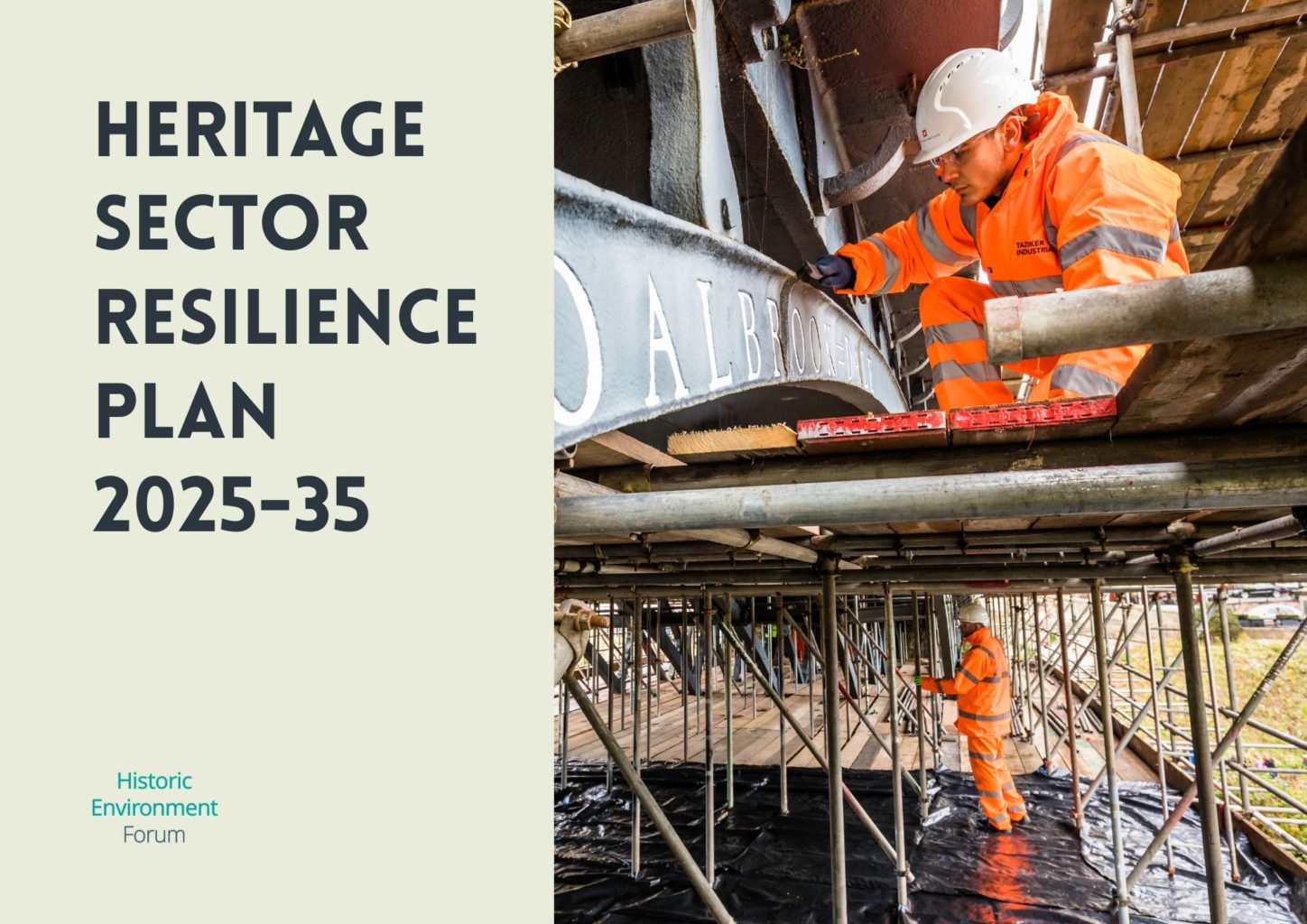23 July 2025
The Historic Environment Forum (HEF) is seeking an outstanding person to manage operations and engagement for the Forum and its Steering Group. HEF is a Historic England-funded project delivered on behalf of the wider sector by the Heritage Alliance, the heritage sector’s umbrella organisation and advocacy body.
Location: central London/ homeworking
Salary: £37,000 FTE (4 days per week; fixed term (maternity cover) contract from 22 September 2025 to 9 October 2026)
Closing date: noon, Tuesday 12 August 2025
To apply, please refer to the following documents:

Showcasing the impact of England’s heritage sector in the last financial year, the Historic Environment Overview for 2024-25 was published on 21 July 2025.
The report was produced by the Historic Environment Forum with support from Historic England.
It reflects on the significant impact of the sector against the thematic priorities of the Heritage Sector Resilience Plan 2022-24, celebrating collective efforts to preserve, celebrate, and adapt the historic environment for current and future generations.

On 19 June 2025 the Historic Environment Forum (HEF) launched its new Heritage Sector Resilience Plan 2025-35 (HSRP2).
The plan provides a clear roadmap for partnership working to deliver a robust and resilient heritage sector.
Learn more and download the plan from the new dedicated section of HEF’s website: Heritage Sector Resilience Plan.
The evaluation will cover two lines of enquiry:
As part of this work, the consultant is expected to:
Full details can be found here: Evaluation Consultant Brief.docx.
The budget available for this work is £20,000 (including VAT and expenses).
The deadline for applications is 6th May 2025. Questions and applications can be submitted to Francesca Benetti, Task Group Manager: heftask2@historicenvironmentforum.org.uk.
Bringing together senior members of staff from public and non-government bodies to work collaboratively on strategic matters for the historic environment sector.